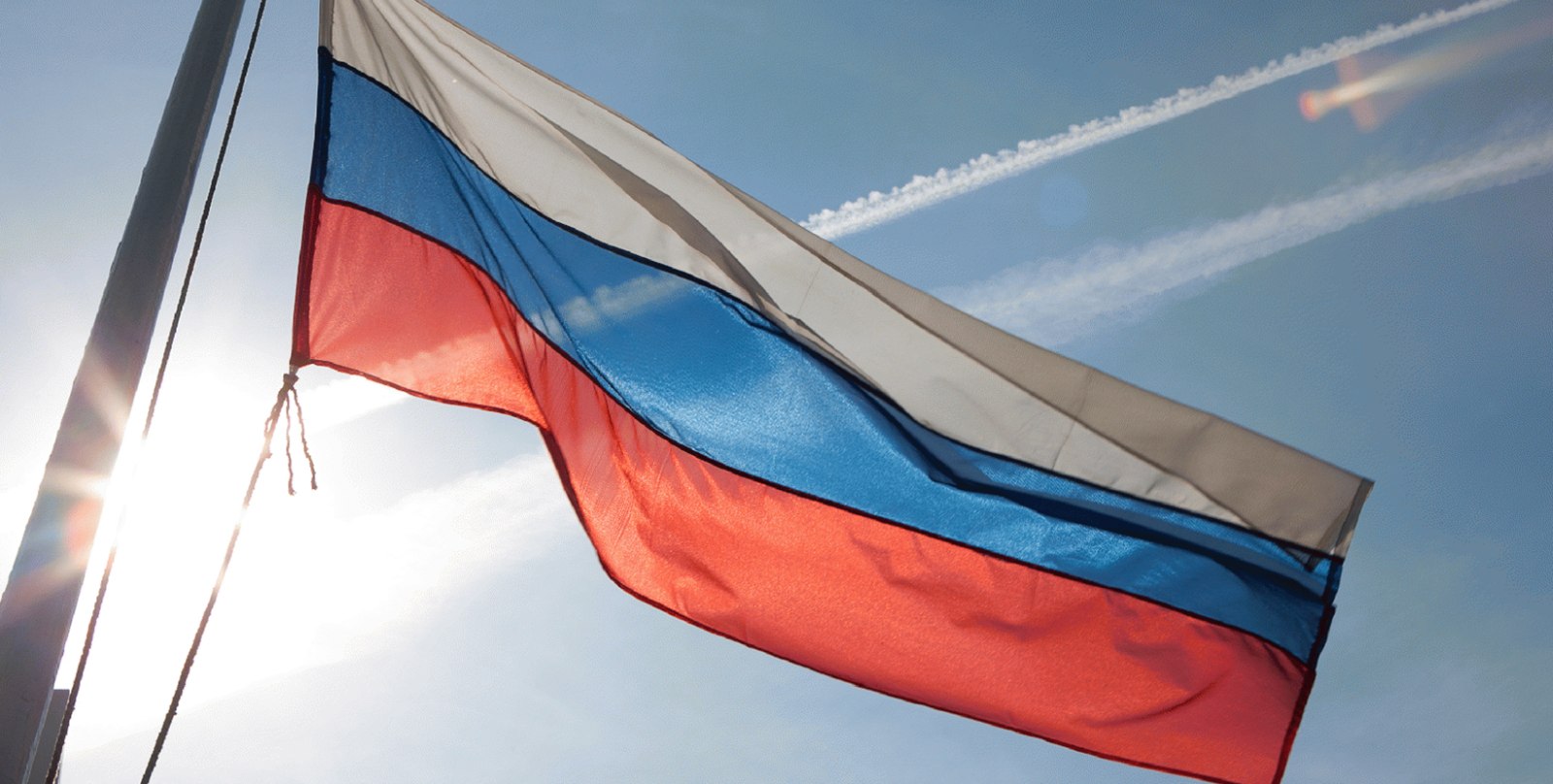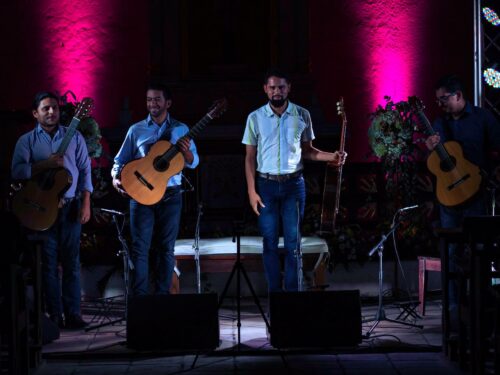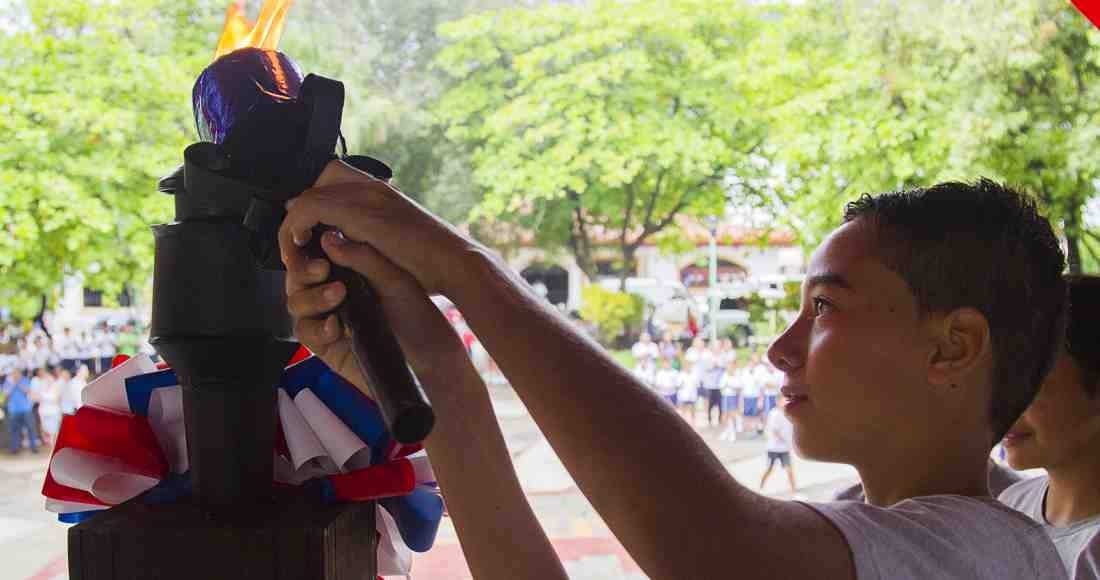
Russia is on the other side of the world, but that wouldn’t stop Ticos from being able to visit the country of vodka and caviar or prevent Russians from enjoying gallo pinto and Guanacaste’s marimbas.
The Broad Front (Frente Amplio) Deputy for Guanacaste, Ronal Vargas, is looking to advance commercial relations between the Russian Federation, Guanacaste and Costa Rica. Vargas’s hope is to establish a link that allows for more commercial exchange between the two countries, but especially with Guanacaste.
On September 23, the legislator held a meeting with Russian Ambassador Alexander Dogadin and Counsel Igor Blagadatskiy at the consulate in San Jose, in which Vargas presented his intentions.
“Yes, what we’re trying to do is open the huge market that is Russia. Let’s remember that Russia is a large consumer of agricultural, poultry and livestock products, which is what Guanacaste mainly produces. On the other hand, we know that Nicaragua maintains strong relations with Russia, and due to its proximity to Guanacaste, that could be an advantage,” commented Vargas.
One of the most interesting proposals for the general population is to strengthen tourism. Vargas proposed creating direct flights from Moscow to Daniel Oduber International Airport in Liberia, as there are currently no direct flights between Russia and Costa Rica.
According to Maria Jesus Flores, press director for the Costa Rican Institute of Tourism (ICT – Instituto Costarricense de Turismo), flights to Russia have layovers and all leave from the Juan Santamaria airport in San Jose.
“Currently negotiations are underway with Russian airlines to improve service. The elimination of visa [requirements] for Russians was a step towards the possibility of direct flights to Costa Rica,” indicated Flores.
More Russians in Costa Rica
According to data compiled by ICT and the General Management Office of Migration and Foreigners, recent years have seen an increase in the arrival of Russian tourists to Costa Rica. For example, in 2008, 2,940 Russian citizens entered the country, and in 2012 the number rose to 3,544. In 2013 it increased further to 4,150 and in the first half of this year some 2,860 Russian tourists have visited.
Another interesting fact is that the most Russians visit the country during the months of January and December, which is a time of severe winter weather in Russia.
The highest rate of arrivals during 2013 was seen in December, with 665, while the second highest peak was in January, with 621. In January of this year, some 687 Russians visited.
Among other points, the deputy proposed creating a duty-free area in Liberia, taking advantage of the fact that the city hosts an international airport. Vargas’s idea is to employ manual labor using people from the area.
Another initiative is to open the Russian market for agricultural products from Guanacaste, such as beans, sugar, ornamental plants, citrus products, oranges, pineapple, passion fruit, soursop and macadamia, among others.
According to Vargas, exports of Costa Rican products would be well-received, as Russia suffers from a lack of those foodstuffs due to a trade embargo imposed by the European Union stemming from the crisis in Ukraine.
In another proposal, the deputy suggested the possibility of opening a Russian Cultural and Learning Institute in Liberia, to foster cultural exchange among the countries and enable Ticos to learn to speak Russian.
Regarding the meeting with Vargas, Russian Ambassador Alexander Dogadin said,
“We have to open a direct route to Costa Rica for exports, as many of the products come to our country through North American companies.”
According to Vargas, the projects will be implemented in the medium and long term, through bilateral agreements that would have to be channeled through the governments and agencies of both countries.







Comments